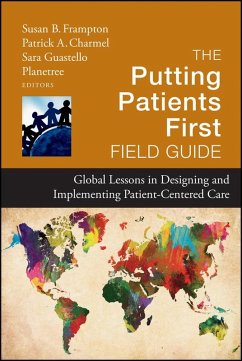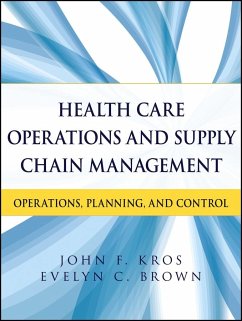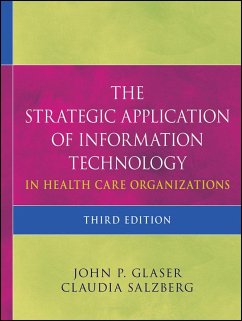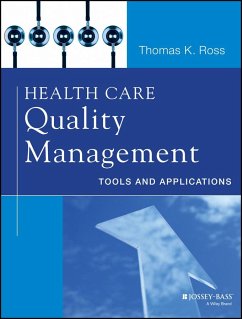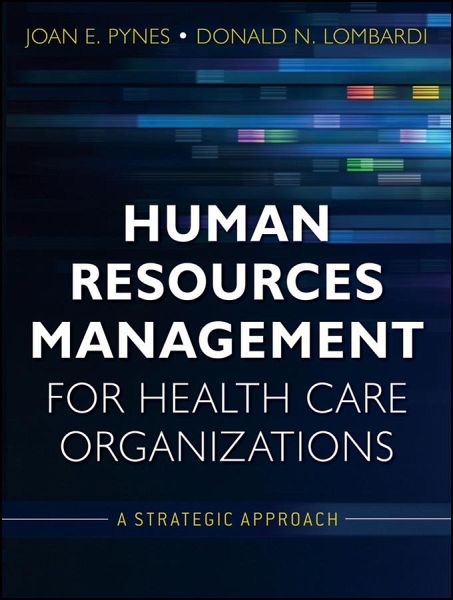
Human Resources Management for Health Care Organizations
A Strategic Approach
Versandkostenfrei!
Versandfertig in über 4 Wochen
84,99 €
inkl. MwSt.
Weitere Ausgaben:

PAYBACK Punkte
42 °P sammeln!
This book is a comprehensive guide to the essential areas of health care human resources management, and is an immediately useful practical handbook for practitioners as well as a textbook for use health care management programs. Written by the authors of Handbook for the New Health Care Manager and Human Resources Management for Public and Nonprofit Organizations , the book covers the context of human resources management in the unique health care business arena from a strategic perspective includes SHRM and human resources planning, organizational culture and assessment, and the legal enviro...
This book is a comprehensive guide to the essential areas of health care human resources management, and is an immediately useful practical handbook for practitioners as well as a textbook for use health care management programs. Written by the authors of Handbook for the New Health Care Manager and Human Resources Management for Public and Nonprofit Organizations , the book covers the context of human resources management in the unique health care business arena from a strategic perspective includes SHRM and human resources planning, organizational culture and assessment, and the legal environment of human resources management. Managing volunteers and job analysis perfor-mance appraisal instruments, training and development programs, and recruitment, targeted selection and hiring techniques are covered. Compensation poli-cies and practices, employer-provided benefits management, implementation of training and organizational development programs, as well as labor-management relations for health care organizations and healthcare human resource information technology are covered, with practical examples and proven strategies amply provided in each chapter.





